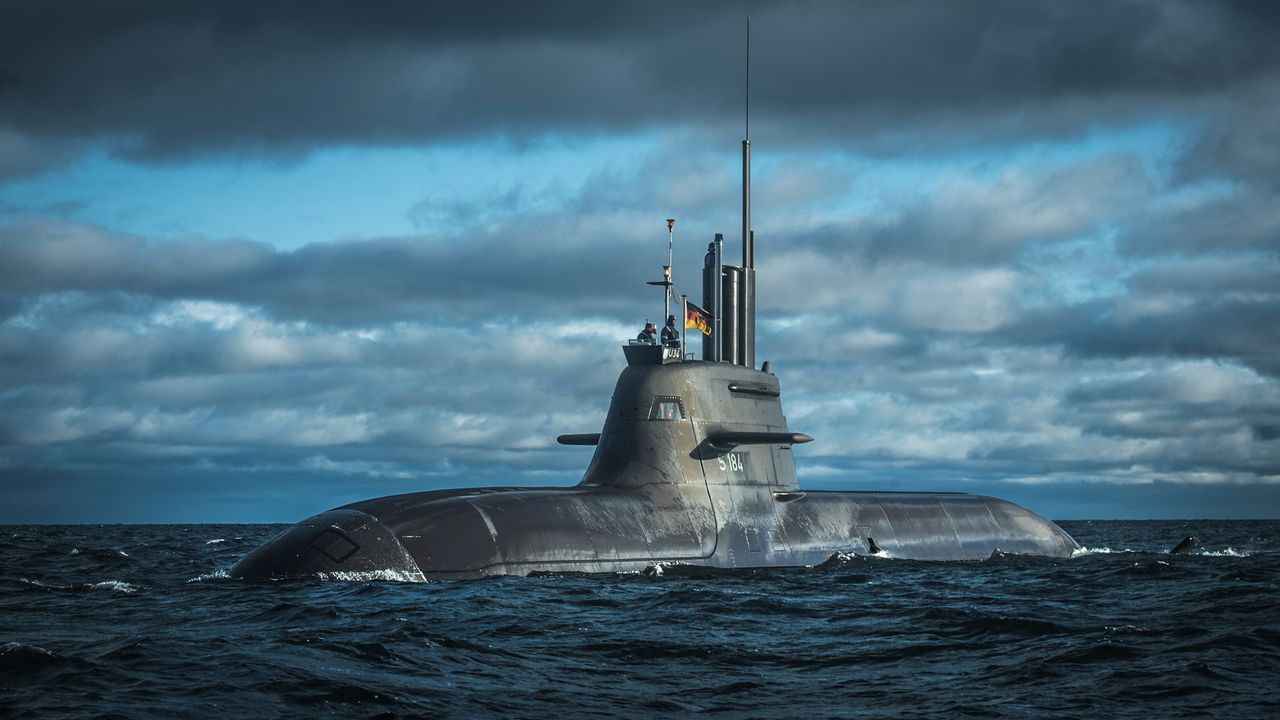
Flight Deck Officer Simulator Training
The eye of the pilot.
Highly immersive, VR-based 3D simulation to gather practical flight deck officer experience without availability of a real vessel with a flight deck and without need for a helicopter.
The Flight Deck Officer (FDO) is the “Eye of the Pilot” and a link to the flight deck staff & bridge control (C2). Despite of tough weather-, sea-, visibility- and acoustic conditions, he needs to be able to master the FDO marshalling signals like in his sleep, while keeping up multi-directional communication lines.

In order to successfully train flight deck officers (FDO), an intensive training program is necessary, as well as continuous, practical exercises for follow-on training.
Situational awareness, stress resilience, quick decision-making and intuitive actions. To achieve & maintain this high qualification standard, frequent training is inevitable. Excellence comes along with high cost (e.g. cost / flight hour: est. €20-25K), time as well as with risks for men & material.
The simulator training of FDO personnel starts with the individual training of the needed marshaling gestures. Followed by the standard landing and take-off procedures and leading to complex emergency procedures, it supports the trainee’s cognitive and procedural learning. Additionally, it enhances the situational awareness of the trainee, while creating mental and physical pressure.
Train as you work
The FDO-Simulator is not designed as a replacement for live training. Anyway, the high visual quality, combined with realistic scenarios and emergency procedures, as well as the trainee acting similar as on the actual flight deck, leads to outstanding training outcomes, higher learning outcomes and a better success rate of the trainees. Thus, trainees are well-prepared for live training sessions on board the ships.
Instructor Setup
Scenario configuration via touchscreen
Taking over helicopter control using the 3D mouse
Selectable camera positions, including free-to-move camera
Triggering of emergency scenarios / disturbances during training session
Recording and replay of training sessions as needed
Switching day / night and weather scenarios during training session
Sea state / realistic physical ship movement switchable
Switching between available helicopters / ships during simulator runtime
Static bidirectional voice communication line with the trainee
Trainee Setup
Immersion into the virtual flight deck with HMD (Head-Mounted-Display)
Sight steering mechanism with 360 degree viewing range
Realistic 3D-Sound
Steering of the helicopter utilizing the motion-capturing suit
Supervision of virtual flight deck personal utilizing the motion-capturing suit
Real movement radius of 20 x 20 meter making the full flight deck available for the trainee to walk around
Static bidirectional voice communication line with the instructor
Trainees can wear usual uniforms
Scope of delivery
Trainee Hardware: 1 head-mounted display, 1 wireless motion-capture suit; Instructor Station Hardware: 1 control station with keyboard, 23” TFT-touchscreen & 3D-mouse stored in one robust travel case (set-up within 20 min.);
Software: Redundant, pre-installed software package; realistic visualization of 1 avatar, 1 ship (generic) and 2 helicopters with /without harpoon (generic);
Handbook, technical documentation;
Initial operating training for instructors;
Aftersales Support: Regional hotlines, spare parts;
Customizations on request, such as nation specific instead of generic ship & avatar, 3rd helicopter, additional weather conditions etc.
The Benefits
Land-based, personalized training solutions that are available at any location / any time and can be offered more frequently & flexible;
Improved learning results by gathering practical experience, e.g. increased knowledge retention (75% thanks to experience-based, emotional learning, use of senses incl. motion triggered muscle memory) & recall accuracy (median 90%), higher motivation (98%);
Optimized safety & training transparency / -quality;
Cost reduction by est. >30% in avg (no need for a ship. & helicopter), less required training sessions and follow-on trainings







